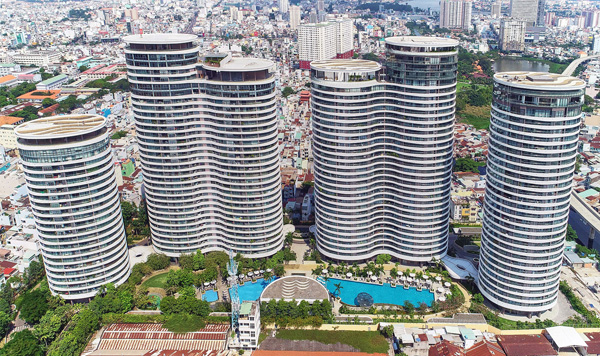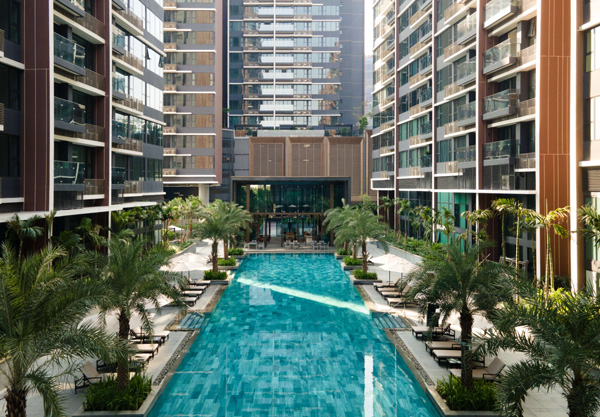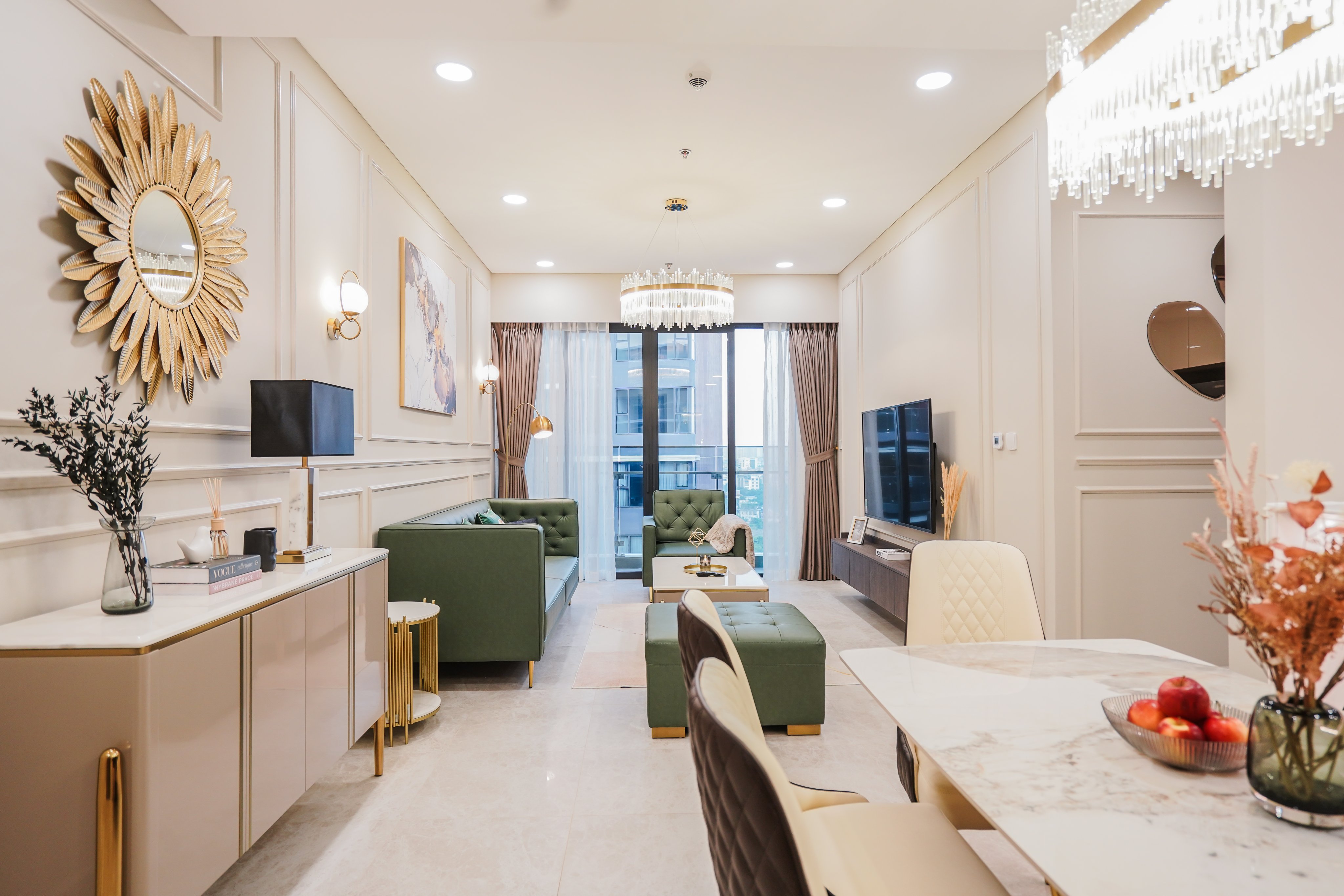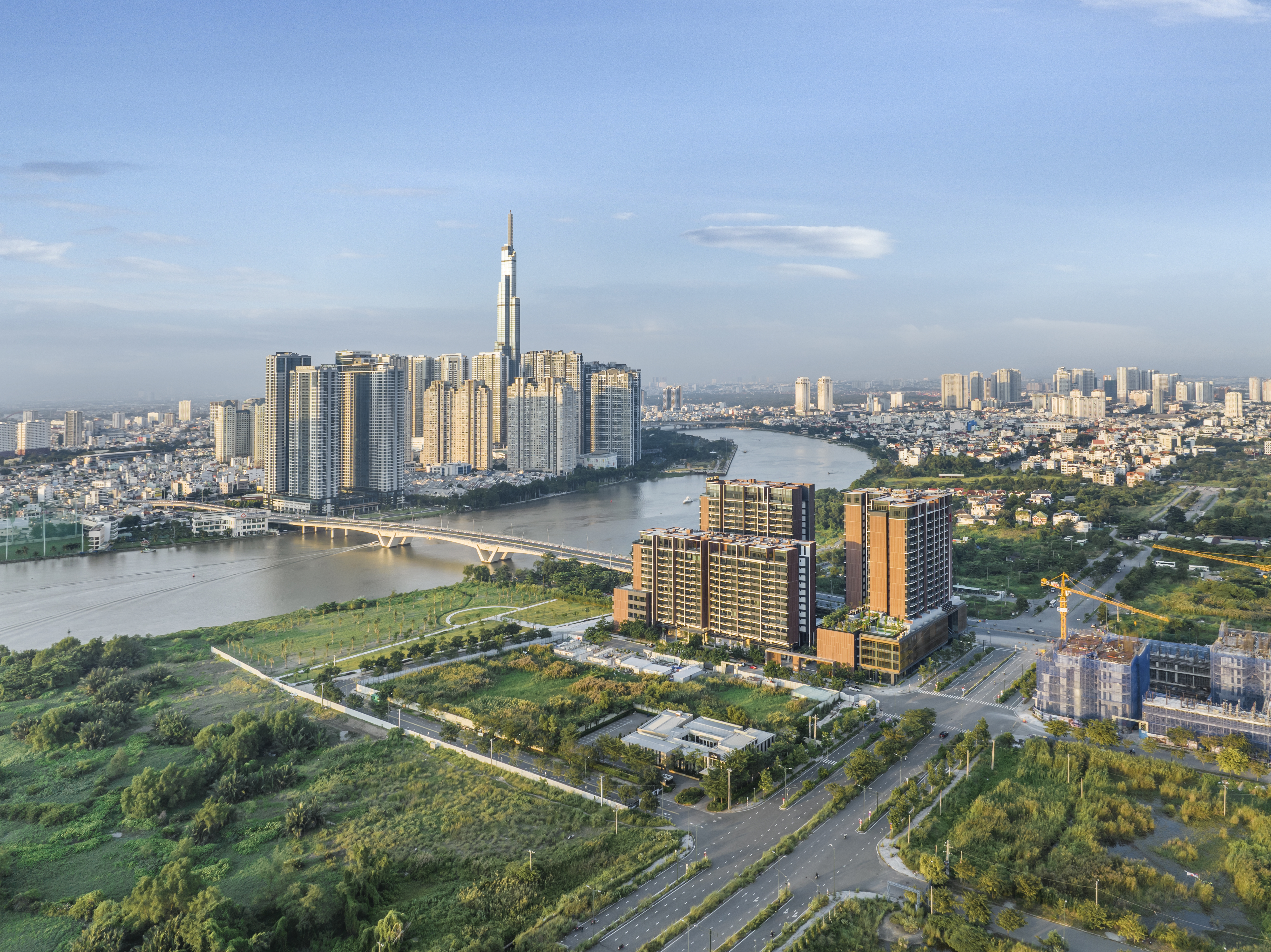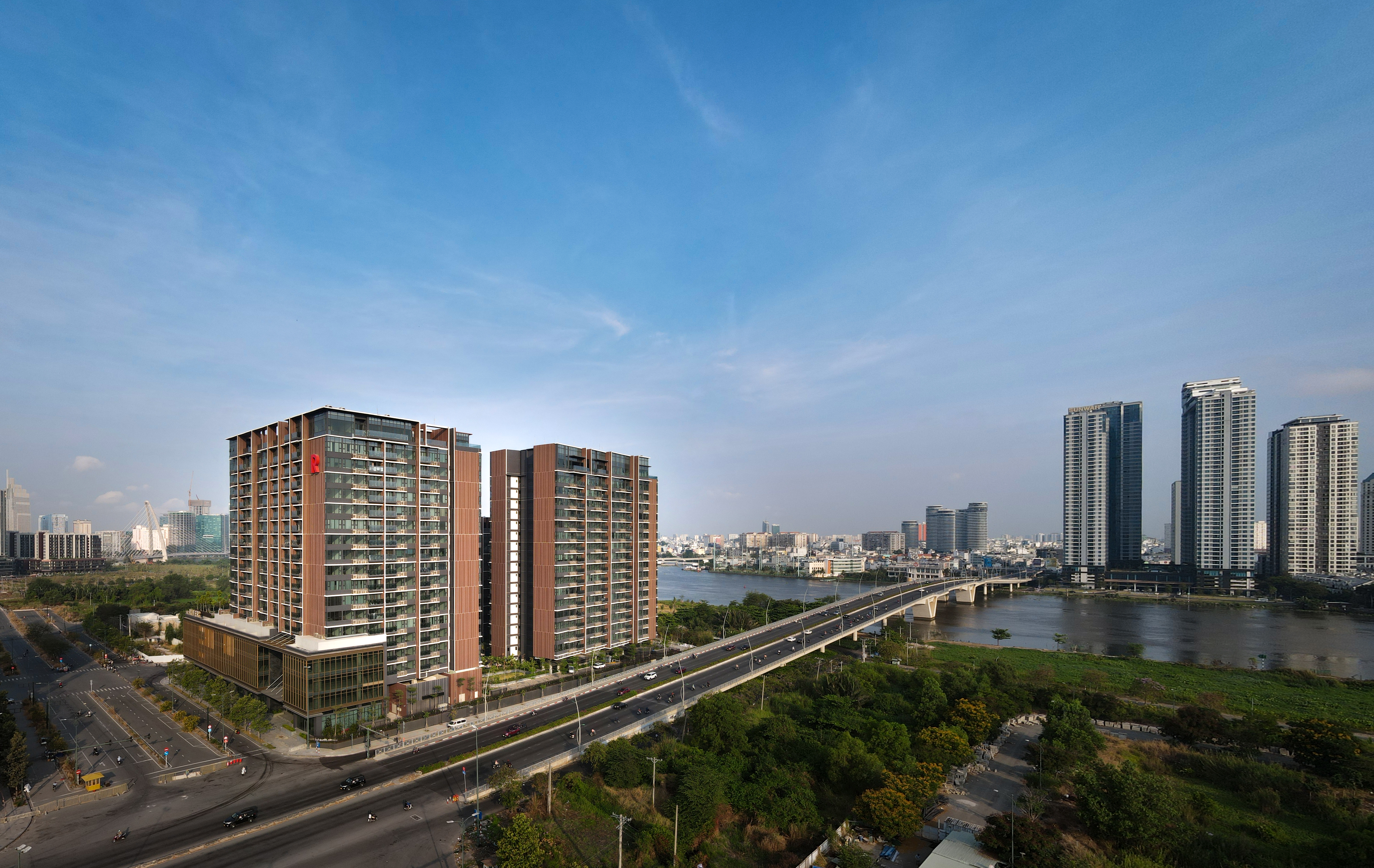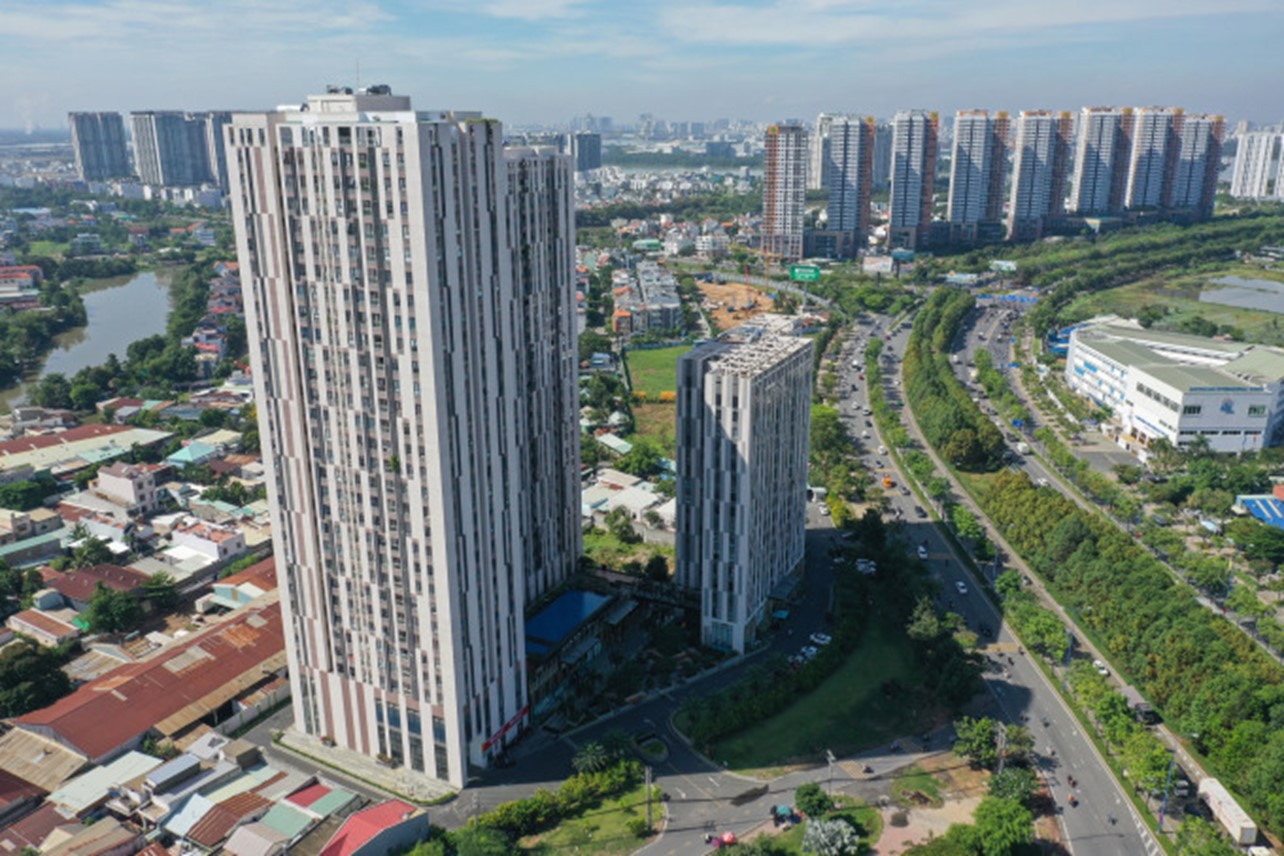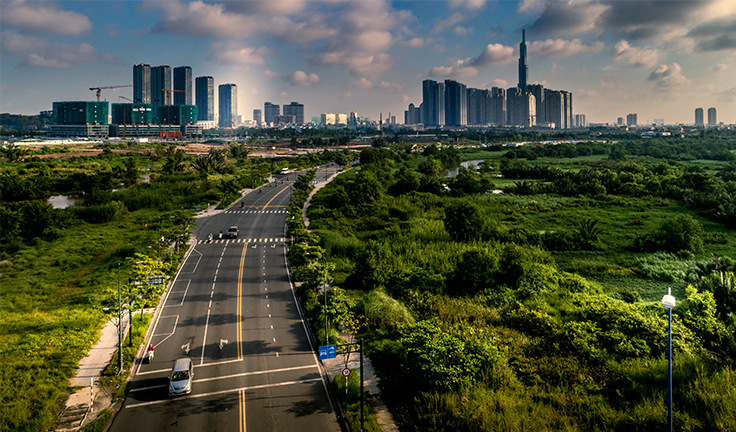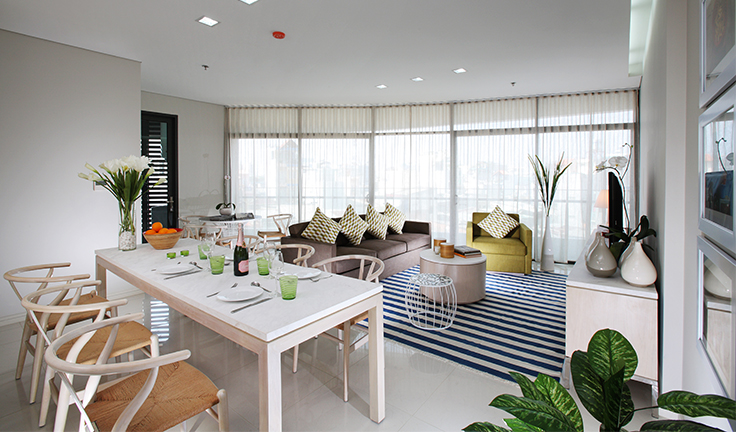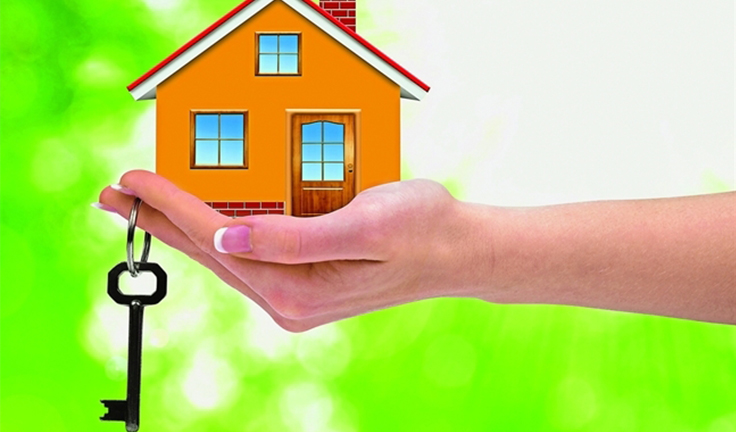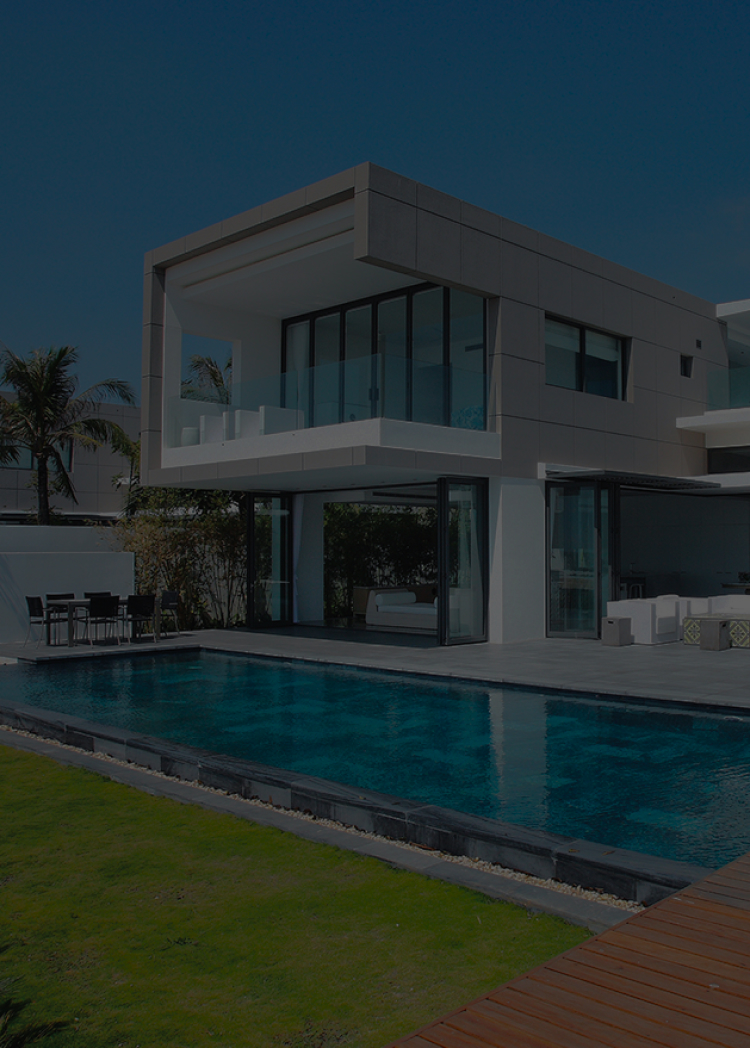In the real estate market, the secondary real estate market stands out as an appealing investment channel for both investment purposes and owner-occupation. However, not everyone fully understands what the secondary real estate market entails and the benefits it offers, as well as the potential risks involved. Let's delve into the secondary real estate market and explore the factors influencing investments in this sector.
The secondary real estate market is a significant segment within the real estate industry. It is essential to distinguish between the primary and secondary real estate markets:
- Definition of Primary Real Estate Market
The primary real estate market refers to transactions involving properties being sold for the first time. This segment often comprises newly developed projects being launched and put up for sale. Primary market transactions constitute a substantial portion of the overall real estate market, especially in major cities like Hanoi and Ho Chi Minh City.
Properties in the primary market typically include condominiums, townhouses, or land lots within new development projects. The primary market focuses on development and sales of new, unused properties to meet the actual housing or investment needs of buyers.
- Secondary Real Estate Market:
The secondary real estate market involves transactions of properties that have been previously traded one or more times. In this context, "secondary" typically refers to properties that are not newly introduced to the market but have been previously owned and resold by one or more owners.
The secondary real estate market offers a variety of property types, including apartments, houses, and land, with choices ranging from urban centers to suburban or rural areas. According to statistics from Savills Vietnam, in 2021, the secondary apartment market in areas such as Tan Binh District, Binh Thanh District in Ho Chi Minh City, and inner-city districts in Hanoi accounted for a significant proportion of transactions.
.png)
Buyers have the advantage of receiving the property immediately upon purchasing secondary real estate (Image: Thu Thiem Urban Area)
Benefits of Investing in Secondary Real Estate
- Established Housing:
Purchasing secondary real estate is often an attractive option for those who want to move into a new home immediately without having to wait too long, as is the case with primary real estate. The waiting time for primary real estate purchases typically ranges from several months to a few years, while secondary real estate is usually available for occupancy immediately after the transaction is completed. This is particularly beneficial for individuals in urgent situations who need to find a new place to live or who do not want to wait too long to use the property.
According to statistical data, the time required to complete a primary real estate project is usually from 1 to 3 years, including the design, construction, and finishing processes. In contrast, purchasing secondary real estate often does not require starting the construction process from scratch, thus significantly shortening the time to receive the property.
- Diverse Selection:
Purchasing secondary real estate offers a diverse range of choices in terms of property types and locations, from apartments, residential houses to land, and from city centers to suburban or rural areas. Compared to primary real estate, the secondary real estate market typically provides a wider variety of options, allowing buyers to have more flexibility in selecting properties that meet their needs and desires.
- Negotiation Advantage:
The secondary real estate market often has less competition compared to the primary real estate market, allowing buyers to achieve lower purchase prices than the initial listed prices. According to some studies, up to 60-70% of secondary real estate transactions are conducted at prices below the listed prices. This means that buyers may have an advantage when negotiating prices with sellers. Having more flexibility in price negotiations can help buyers achieve a suitable purchase price or even reduce the purchase price compared to the initial listed price.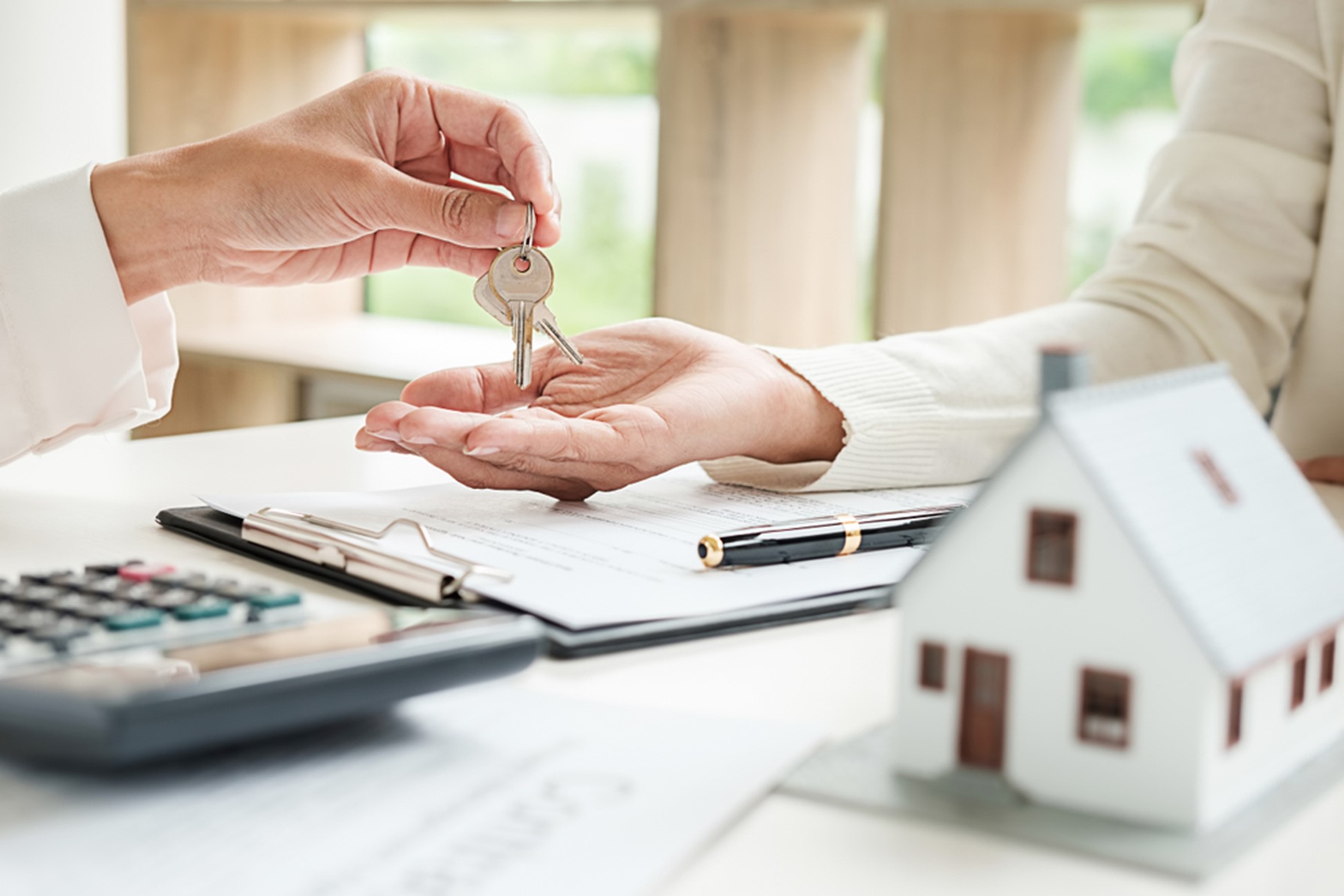
- Legal Certainty:
Typically, secondary apartments already have a pink book (land use rights certificate) and all related documents completed, which helps buyers feel more assured during the buying process. According to JLL's research, approximately 70-80% of secondary apartments in major cities have obtained complete pink books. The clear legal status of secondary apartments also helps buyers save time and effort in completing legal procedures, as most of these procedures have already been completed beforehand. This reduces the hassles and risks associated with buying a new house, while creating more favorable conditions for the transaction process.
- Established Communities:
Many secondary properties already have stable and developed resident communities. Buyers can benefit from existing infrastructure and facilities, including schools, shophouses, parks, and public services, enhancing the quality of life and future property value.
City Garden Apartments at 59 Ngô Tất Tố, Bình Thạnh, HCMC, showcases lasting quality, even after being handed over for more than a decade.
Drawbacks of Secondary Real Estate Investment
- Dilapidation
Dilapidation is a common issue with secondary real estate properties, especially those that have been in use for a long time. These properties may undergo natural wear and tear and require repairs, which can incur unforeseen additional costs, impacting on the buyer's budget.
However, for secondary real estate from reputable developers, despite having been in existence for a long time, they still maintain their original quality. This underscores the need for buyers to thoroughly research the reputation of the developer, as well as collaborate with professional real estate consulting firms to purchase high-quality properties, ensuring long-term stability and value of the asset.
- Low Price Appreciation:
Secondary real estate properties typically do not appreciate as rapidly as new properties because they have already undergone a period of use. According to market research, the average annual appreciation rate of secondary real estate properties usually ranges from 3% to 5%, whereas new properties can achieve higher appreciation rates, sometimes reaching up to 10% or more in a year. Although secondary real estate investment can still yield profits, the potential for price appreciation is generally lower compared to new properties. This necessitates buyers to determine their usage goals: if they aim to invest, they need to be aware of the relatively slower appreciation rate; however, for those seeking primary residence or rental investment, secondary real estate remains a sensible choice.
Conclusion
In conclusion, investing in secondary real estate offers numerous tangible benefits and opportunities for income generation and asset protection. However, decision-making in this regard should not be rushed. Therefore, thorough market research, risk assessment, and analysis of profit potentials are crucial, or collaborating with professional real estate brokers. Careful preparation is always the key to a successful and sustainable investment decision in the future.
